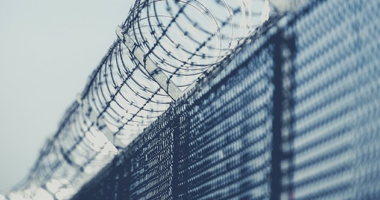The mission involved decoys and deception, and met with no Iranian resistance, Hegseth and Caine said.

“This mission was not and has not been about regime change,” Hegseth added.
Hegseth said it was important to note that US strikes did not target Iranian troops or the Iranian people, a veiled effort to indicate to Iran that they don’t want retaliation on American targets in the region.
Caine said the goal of the operation — destroying nuclear sites in Fordo, Natanz and Isfahan — had been achieved.
“Final battle damage will take some time, but initial battle damage assessments indicate that all three sites sustained extremely severe damage and destruction,” Caine said.
Hegseth said that a choice to move a number of B-2 bombers from their base in Missouri earlier on Saturday was meant to be a decoy to throw off Iranians.
He added that the US used other methods of deception as well, deploying fighters to protect the B-2 bombers that dropped 14 bunker-buster bombs on Iran’s most powerful nuclear site.

He said that all of these tactics helped the US drop the bombs without tipping off Iran’s fighter jets or its air missile systems.
Hegseth said the US was making multiple efforts to communicate with Iranian officials following the strikes as President Donald Trump and his top lieutenants called on the country to negotiate a diplomatic path forward.
“I can only confirm that there are both public and private messages being directly delivered to the Iranians in multiple channels, giving them every opportunity to come to the table,” Hegseth said.
He continued, “They understand precisely what the American position is, precisely what steps they can take to allow for peace, and we hope they do so.”
CNN has reported that Trump made the decision to proceed with the strikes when it became clear that diplomatic efforts had stalled.
The US and Iran had held five rounds of nuclear talks, led by special envoy to the Middle East Steve Witkoff, since April. A sixth round of talks set for last Sunday was cancelled following unprecedented Israeli attacks on Iranian nuclear sites and military officials. The White House had said the US remained in correspondence with Iran last week.
Operation Midnight Hammer timeline
Midnight ET (2pm on Sunday AEST): The operation began overnight Friday into Saturday morning, Caine said at a Pentagon news conference. As B-2 bombers launched from the US, some headed west as a decoy while the rest “proceeded quietly to the east with minimal communications throughout the 18-hour flight”.
About 5pm ET (7am on Sunday AEST): Caine said a US submarine “launched more than two dozen Tomahawk land attack cruise missiles against key surface infrastructure targets” at the Isfahan nuclear site in Iran.
As the B-2s entered Iranian airspace, the US “employed several deception tactics, including decoys, as the fourth- and fifth-generation aircraft pushed out in front of the strike package at high altitude and high speed, sweeping in front of the package for enemy fighters and surface-to-air missile threats,” Caine said.
He added that upon approach of the Natanz and Fordow facilities, the US employed “high-speed suppression weapons” with fighter aircraft to “ensure safe passage” of the B-2 bombers.
About 6.40pm ET (8.40am on Sunday AEST): The lead B-2 bomber launched two massive bunker-buster bombs at Fordow nuclear site, Caine said, and the “remaining bombers then hit their targets”.
Those additional targets were struck, Caine said, “between 6.40pm ET and 7.05pm ET” (8.40am and 9.05am on Sunday AEST).
That places the timing of these attacks about 2.10am local time in Iran on Sunday.
In total, Caine said, 16 GBU-57 Massive Ordnance Penetrators were dropped — two from the lead B-2 on Fordow, and 14 more from the remaining bombers against the two other sites.
Flight back to US: The US military then “began its return home”, Caine said, noting that no shots were fired by Iran at the US on the way in or out.
– Additional reporting by Associated Press and CNN







